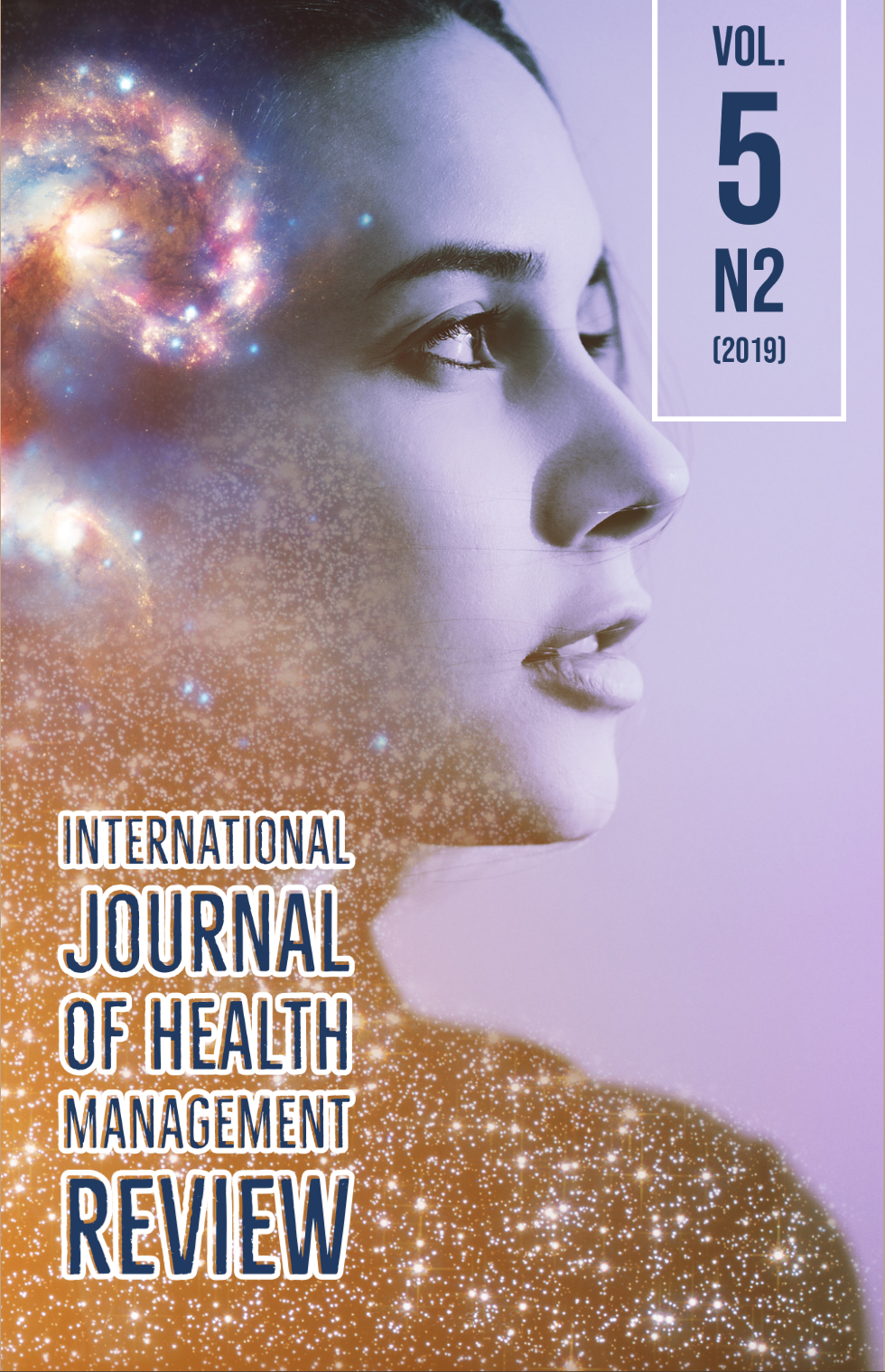Rotura hepática espontânea e síndrome HELLP: relato de caso
DOI:
https://doi.org/10.37497/ijhmreview.v5i2.170Palavras-chave:
Gestação, Síndrome HELLP, Eclâmpsia, Rotura hepática.Resumo
Introdução: A Síndrome HELLP é uma grave variante da pré-eclâmpsia, sendo caracterizada pela tríade hemólise, elevação das enzimas hepáticas e plaquetopenia. A maioria dos casos é diagnosticada geralmente entre 27-37 semanas de gestação, porém podendo ocorrer dentro das primeiras 48 horas pós-parto. No último caso existem maiores índices de mortalidade e morbidade materna, assim como maior risco de complicações como edema pulmonar e hematoma hepático subcapsular. A rotura hepática manifesta-se principalmente no período pré-parto e é um evento potencialmente fatal, apesar de raro. Objetivo: Este artigo tem o objetivo de relatar o caso de uma paciente portadora de Síndrome HELLP que apresentou rotura hepática espontânea diagnosticada durante parto cesárea após quadro de dor abdominal intensa associada a alteração dos níveis pressóricos, assim como revisar a literatura sobre a síndrome e suas complicações. Relato do caso: Trata-se de uma paciente primigesta com idade gestacional de 35 semanas que foi admitida em nosso serviço em Julho de 2018 com quadro de dor epigástrica acompanhada de alteração dos níveis pressóricos, sendo diagnosticada com Síndrome HELLP durante internação. Foi então optada por resolução da gestação via cesariana, sendo identificada rotura hepática em lobo esquerdo com hemostasia satisfatória após uso de gel foam local. Conclusão: este relato contribui para o manejo de pacientes diagnosticadas com a síndrome e ressalta a importância da associação dos parâmetros clínicos, laboratoriais e de imagem para diagnóstico e abordagem precoces das complicações da Síndrome HELLP para diminuição dos índices de mortalidade materna e fetalDownloads
Como Citar
Edição
Seção
Licença
Autores que publicam nesta revista concordam com os seguintes termos:
O(s) autor(es) autoriza(m) a publicação do texto na da revista;
O(s) autor(es) garantem que a contribuição é original e inédita e que não está em processo de avaliação em outra(s) revista(s);
A revista não se responsabiliza pelas opiniões, idéias e conceitos emitidos nos textos, por serem de inteira responsabilidade de seu(s) autor(es);
É reservado aos editores o direito de proceder a ajustes textuais e de adequação às normas da publicação.
Autores mantém os direitos autorais e concedem à revista o direito de primeira publicação, com o trabalho simultaneamente licenciado sob a Licença Creative Commons Attribution que permite o compartilhamento do trabalho com reconhecimento da autoria e publicação inicial nesta revista.
Autores têm autorização para assumir contratos adicionais separadamente, para distribuição não-exclusiva da versão do trabalho publicada nesta revista (ex.: publicar em repositório institucional ou como capítulo de livro), com reconhecimento de autoria e publicação inicial nesta revista.
Autores têm permissão e são estimulados a publicar e distribuir seu trabalho online (ex.: em repositórios institucionais ou na sua página pessoal) a qualquer ponto antes ou durante o processo editorial, já que isso pode gerar alterações produtivas, bem como aumentar o impacto e a citação do trabalho publicado (Veja O Efeito do Acesso Livre) em http://opcit.eprints.org/oacitation-biblio.html















